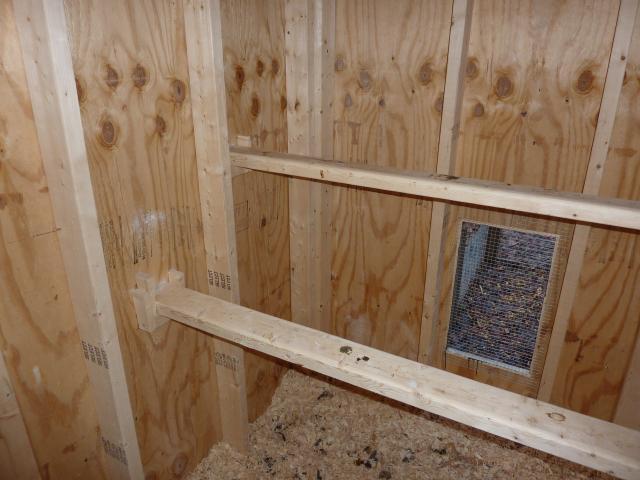The area I am putting my coop is an unused side yard that we covered the ground with pea gravel to keep the dust down. I am removing most of the gravel to give the chickens ground to scratch. I was planning on leaving the gravel underneath the coop (wich will be raised up 2 ft) and around the french drain that goes through the middle of the pen. Will this be ok?
I bought a cabinet (to use as a nesting box) at a salvage area that is 36' wide x 13" deep x 15" tall - I thought I would partition it into 2-3 individual boxes or can I leave it as one open nesting box? Also, after getting it home and thinking things through - I realized it is a metal cabinet. I will have it on the east side of the coop - totally protected by the coop and a 6 ft fence. Do you think it will be too hot in the summer and too cold in the winter? - we get sub freezing temps and snow - although most of the snow melts quickly. Our temps in the summer can get above 100 - but it's very dry (high desert climate)
My pen is 17' x 15'6" with the coop inside. The coop will be 8'x4' with nesting boxes on the outside. I was thinking about 5-6 chickens - how many would ya'll recommend?
The pen is surrounded by 6' fencing on north and east, house on south, and 4' wire fencing on west. The long backside of the pen will be close to the north fence. We do not have problems with racoons, possums, coyotes, or hawks. The most annoying animal will be pigeons. Can I get away with just clipping one wing on the chickens or should I cover the area? Do you think the pigeons and other local birds will fly into the pen and eat the chickens' feed?
Thanks everyone!
I bought a cabinet (to use as a nesting box) at a salvage area that is 36' wide x 13" deep x 15" tall - I thought I would partition it into 2-3 individual boxes or can I leave it as one open nesting box? Also, after getting it home and thinking things through - I realized it is a metal cabinet. I will have it on the east side of the coop - totally protected by the coop and a 6 ft fence. Do you think it will be too hot in the summer and too cold in the winter? - we get sub freezing temps and snow - although most of the snow melts quickly. Our temps in the summer can get above 100 - but it's very dry (high desert climate)
My pen is 17' x 15'6" with the coop inside. The coop will be 8'x4' with nesting boxes on the outside. I was thinking about 5-6 chickens - how many would ya'll recommend?
The pen is surrounded by 6' fencing on north and east, house on south, and 4' wire fencing on west. The long backside of the pen will be close to the north fence. We do not have problems with racoons, possums, coyotes, or hawks. The most annoying animal will be pigeons. Can I get away with just clipping one wing on the chickens or should I cover the area? Do you think the pigeons and other local birds will fly into the pen and eat the chickens' feed?
Thanks everyone!






